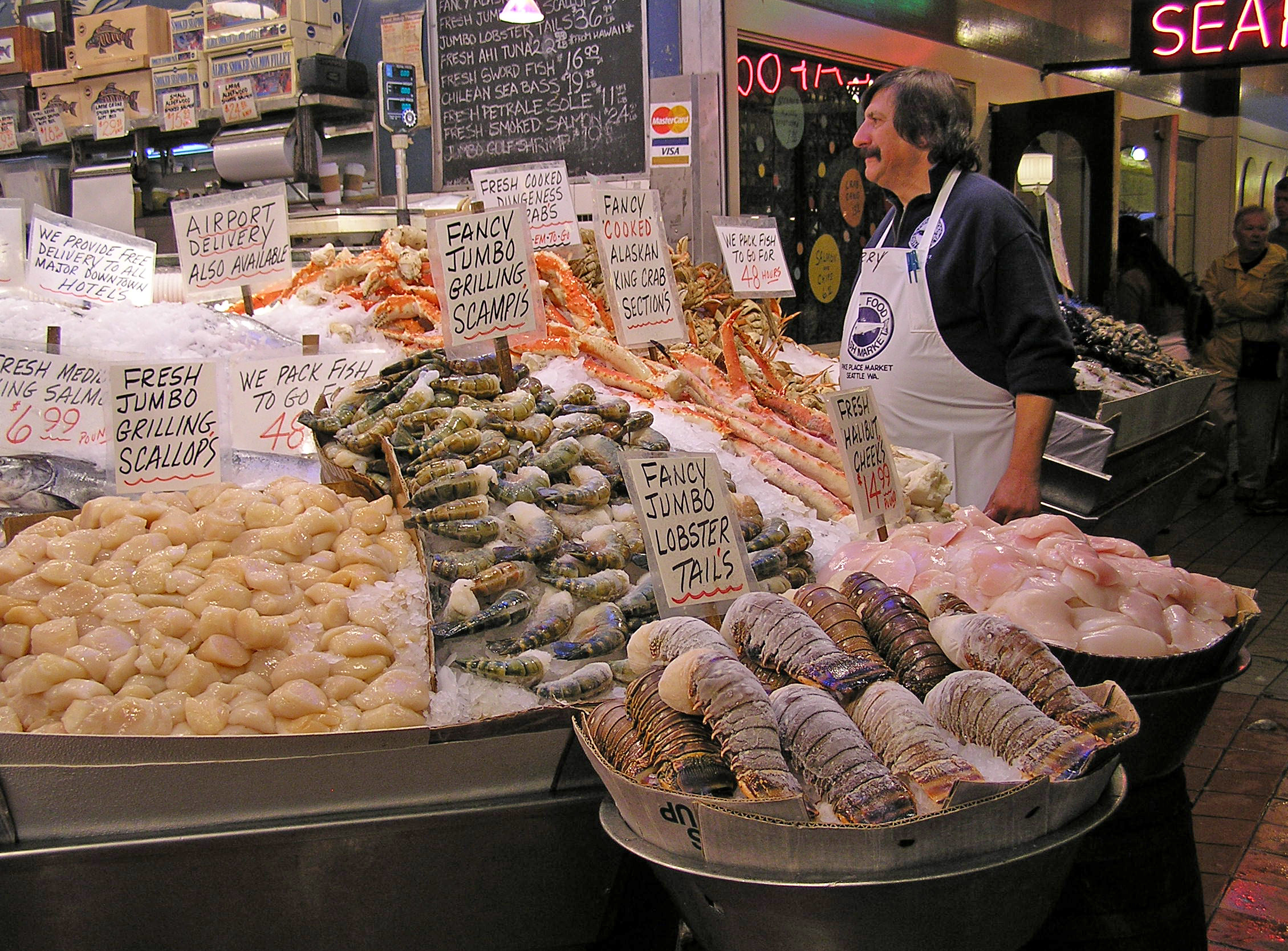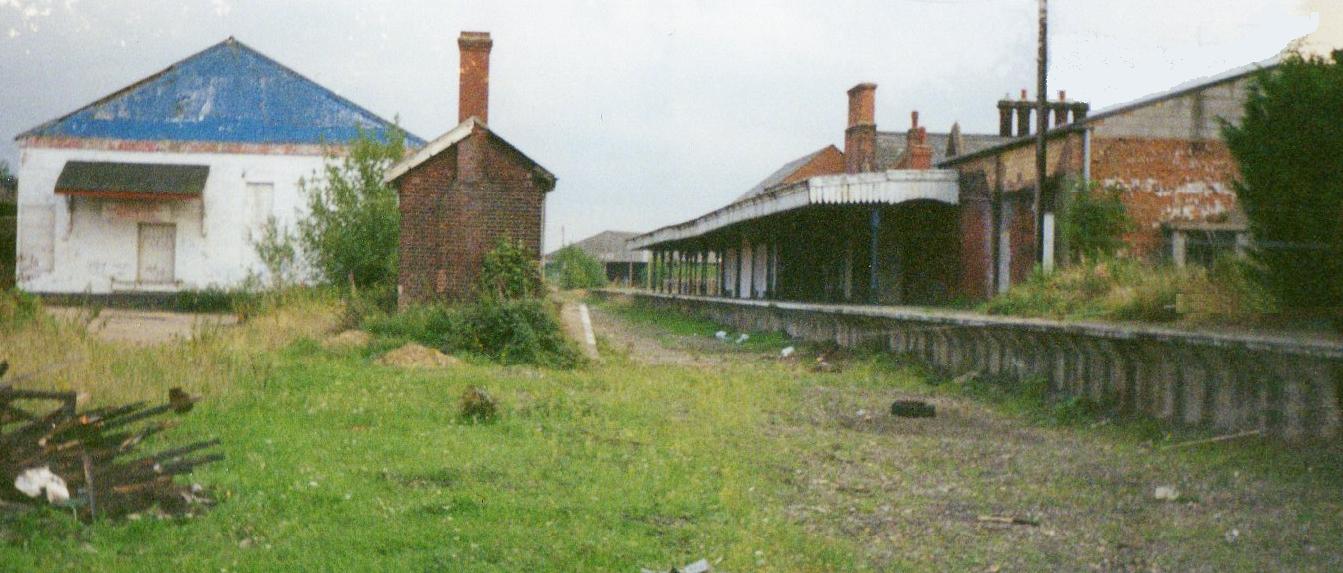|
Worthing, Norfolk
Worthing is a small village and former civil parish in the Breckland district, in the county of Norfolk, England. The civil parish of Worthing is now merged with that of the neighbouring village of Hoe, though the ecclesiastical parishes are still separate (see below). In 1931 the parish had a population of 120. On 1 April 1935 Worthing was abolished and merged with Hoe, the renamed parish is now called Hoe and Worthing. Parish church Its church, dedicated to St. Margaret, is one of 124 extant round-tower churches in Norfolk. Once a larger building, the upper section of the round tower was removed in the 18th-century, and the chancel was demolished at a date between 1721 and 1820. What remains is the original nave, and the lower section of the tower, together with the small porch. The church features in Pevsner. The parish of Worthing is now part of the Heart of Norfolk Benefice, a group of thirteen parishes and churches which operate collectively, with a shared parish priest. ... [...More Info...] [...Related Items...] OR: [Wikipedia] [Google] [Baidu] |
Diocese Of Norwich
The Diocese of Norwich is an ecclesiastical jurisdiction or diocese of the Church of England that forms part of the Province of Canterbury in England. History It traces its roots in an unbroken line to the diocese of the Bishop of the East Angles founded in 630. In common with many Anglo-Saxon bishoprics it moved, in this case to Elmham in 673. After the Norman invasion it moved to Thetford in 1070 finally moving to Norwich in 1094. It covers 573 parishes with 656 churches covering all of the county of Norfolk save for the extreme west beyond the River Great Ouse that is part of the diocese of Ely. It includes the deanery of Lothingland (the port of Lowestoft and its immediate hinterland) in the county of Suffolk. This totals an area over with a population (2008) of some 867,000. Like most older dioceses, the territory has been gradually reduced. Until the formation of the Diocese of St Edmundsbury and Ipswich in 1914, Suffolk was included, and earlier other areas. Organis ... [...More Info...] [...Related Items...] OR: [Wikipedia] [Google] [Baidu] |
Villages In Norfolk
A village is a clustered human settlement or community, larger than a hamlet but smaller than a town (although the word is often used to describe both hamlets and smaller towns), with a population typically ranging from a few hundred to a few thousand. Though villages are often located in rural areas, the term urban village is also applied to certain urban neighborhoods. Villages are normally permanent, with fixed dwellings; however, transient villages can occur. Further, the dwellings of a village are fairly close to one another, not scattered broadly over the landscape, as a dispersed settlement. In the past, villages were a usual form of community for societies that practice subsistence agriculture, and also for some non-agricultural societies. In Great Britain, a hamlet earned the right to be called a village when it built a church. [...More Info...] [...Related Items...] OR: [Wikipedia] [Google] [Baidu] |
Fishmonger
A fishmonger (historically fishwife for female practitioners) is someone who sells raw fish and seafood. Fishmongers can be wholesalers or retailers and are trained at selecting and purchasing, handling, gutting, boning, filleting, displaying, merchandising and selling their product. In some countries modern supermarkets are replacing fishmongers who operate in shops or fish markets. Worshipful Company of Fishmongers The fishmongers guild, one of the earliest guilds, was established in the City of London by a Royal Charter granted by Edward I shortly after he became king in 1272. Partnership with foreigners was forbidden and the sale of fish was tightly controlled to ensure freshness and restrain profit, which was limited to one penny in the shilling. Nevertheless, the guild grew rich and, after Edward's victory over the Scots, was able to make a great show, including one thousand mounted knights. During the reign of Edward II, the political power of the fishmongers waned and ... [...More Info...] [...Related Items...] OR: [Wikipedia] [Google] [Baidu] |
Blacksmith
A blacksmith is a metalsmith who creates objects primarily from wrought iron or steel, but sometimes from #Other metals, other metals, by forging the metal, using tools to hammer, bend, and cut (cf. tinsmith). Blacksmiths produce objects such as gates, grilles, railings, light fixtures, furniture, sculpture, tools, agricultural implements, decorative and religious items, cooking utensils, and weapons. There was an historical distinction between the heavy work of the blacksmith and the more delicate operation of a whitesmith, who usually worked in Goldsmith, gold, Silversmith, silver, pewter, or the finishing steps of fine steel. The place where a blacksmith works is called variously a smithy, a forge or a blacksmith's shop. While there are many people who work with metal such as farriers, wheelwrights, and Armourer, armorers, in former times the blacksmith had a general knowledge of how to make and repair many things, from the most complex of weapons and armor to simple things ... [...More Info...] [...Related Items...] OR: [Wikipedia] [Google] [Baidu] |
County School Railway Station
''County School railway station'' is on the Mid-Norfolk Railway in Norfolk, England; it will serve the villages of North Elmham and Guist once services resume. It is 17 miles 40 chains (28 km) down the line from Wymondham and is the northernmost station owned by the Mid-Norfolk Railway Preservation Trust. The station is part of the Wymondham to Wells Branch, which closed to passengers in 1964, and is the western terminus of the East Norfolk Railway branch to Wroxham, which closed in 1952. The line from Dereham is being gradually restored by the Mid-Norfolk Railway. History Opening A railway line was opened as part of the Norfolk Railway's extension from East Dereham to Fakenham in 1849; it reached Wells by 1857. County School railway station was built by the Great Eastern Railway in 1886 to serve the boarding school from which it took its name and following the completion of the East Norfolk Railway's branch line from Wroxham and Aylsham in 1882. In 1903, the Norfolk Co ... [...More Info...] [...Related Items...] OR: [Wikipedia] [Google] [Baidu] |
Dereham Railway Station
Dereham railway station is a railway station in the town of Dereham in the English county of Norfolk. The station is served by heritage services on the Mid-Norfolk Railway from Dereham to Wymondham. History The Lynn and Dereham Railway and the Norfolk Railway both obtained Parliament's permission to build lines to Dereham in 1845, at the height of the so-called "Railway Mania", when railways were being built across the whole country. The Norfolk Railway, building its line from Wymondham, reached Dereham first, and opened its railway to passengers on 15 February 1847. The line from King's Lynn had to wait until 11 September 1848 Oppitz, 1989, page 41 when the Lynn & Dereham Railway built its own terminal station just before the junction with the Norfolk Railway. This station was closed in 1850 when trains were extended to the Norfolk Railway station. The King's Lynn line was originally operated by the Lynn & Dereham Railway, but in 1848 the Eastern Counties Railway leased the ... [...More Info...] [...Related Items...] OR: [Wikipedia] [Google] [Baidu] |
Mid-Norfolk Railway
The Mid-Norfolk Railway (MNR) is a preserved standard gauge heritage railway, one of the longest in Great Britain. Preservation efforts began in 1974, but the line re-opened to passengers only in the mid-1990s as part of the "new generation" of heritage railways. The MNR owns and operates most of the former Wymondham to Wells branch, Wymondham-Fakenham branch line of the Norfolk Railway. The branch opened in 1847, was closed to passengers in stages from 1964 to 1969 as part of the Beeching Axe, Beeching cuts, and was finally fully closed to goods traffic in 1989. (The northern section of this line, to Wells, was built by the Wells and Fakenham Railway and part of this has been operated by the Wells and Walsingham Light Railway since 1982.) Regular steam and diesel services run through the centre of Norfolk between the market towns of Wymondham and Dereham via , and , and occasional sightseer services continue north of Dereham passing the nearby village of Hoe, Norfolk, Hoe, w ... [...More Info...] [...Related Items...] OR: [Wikipedia] [Google] [Baidu] |
North Elmham
North Elmham is a village and civil parish in the English county of Norfolk. It covers an area of and had a population of 1,428 in 624 households at the 2001 census, including Gateley and increasing slightly to 1,433 at the 2011 Census. For the purposes of local government, it falls within the Elmham and Mattishall division of Norfolk County Council and the Upper Wensum ward of Breckland District Council. The village is located along the B1145 a route which runs between King's Lynn and Mundesley. The village is about north of East Dereham on the west bank of the River Wensum. North Elmham was the site of a pre-Norman cathedral, seat of the Bishop of Elmham until 1075. History The name North Elmham comes from the Old English, meaning "village where elms grow" and is first mentioned in 1035. Only ruins now survive of a Norman Chapel which is now looked after by English Heritage. The chapel is on the site of an earlier Anglo Saxon timber cathedral which housed the episcopa ... [...More Info...] [...Related Items...] OR: [Wikipedia] [Google] [Baidu] |
North Elmham Railway Station
North Elmham railway station is a railway station in the village of North Elmham in the English county of Norfolk. The station was part of the Wymondham to Wells Branch (1847 - 1989), and is part of a section of the line being restored by the Mid-Norfolk Railway from Dereham to County School railway station. History The station was equipped with a single passenger platform on the down line. This line was flanked by a goods loop. The station was rebuilt by the London & North Eastern Railway, with a simple brick building replacing the earlier timber-framed building. Passenger trains were not permitted to pass at this station. A collision took place close to the station on 14 December 1882. Goods trains North Elmham was the location for a rail served dairy, with daily milk trains operating from the station to Ilford. A shunting horse was used at Elmham to move loaded milk wagons from the down to the up side of the line for collection. The dairy closed in October 1963. Th ... [...More Info...] [...Related Items...] OR: [Wikipedia] [Google] [Baidu] |








.jpg)